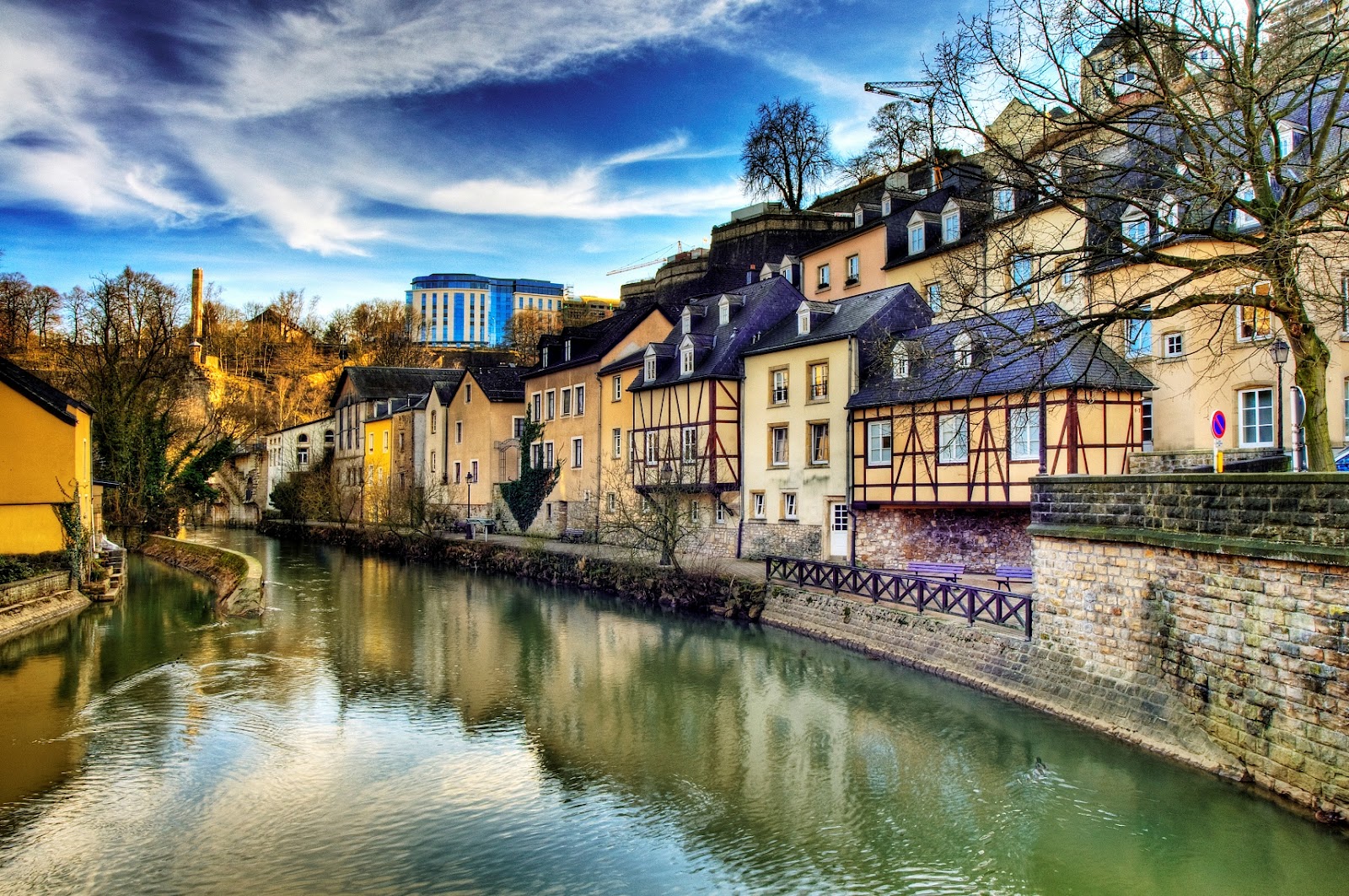Places to See: Delhi's Qutub Minar, India's Majestic Minaret


Amidst the churning hubbub of Delhi, sits a proud, majestic minaret, the Qutub Minar. It is rumoured that this Minar was erected to mark the beginning of Muslim rule in India, while others say it served as a minaret for the muezzins to call the Muslim faithfuls to prayer five times a day. It serves as a beacon today, reaching out to tourists and indigenes likewise, drawing them in with promises of trips down history and seducing the eyes of many with its intricate designs and carvings. At the foot of the Minar, is the Quwwat-ul-Islam mosque, which, though of Moslem origin, has Hindu carvings and designs as well. This mosque, the Alai Darwaza, the Iron Pillar, three tombs and the minaret, form the Qutb Complex, which is a UNESCO World Heritage Site.
The Qutb Minar stands at 73m and is the second tallest Minar in India. It is made of red sandstone and marble and each of its five storeys has different designs. Arabic inscriptions in the sandstone chronicle the history of its construction, and these are found in different sections of the Minar. Stories pieced together from these inscriptions tell that the Minar’s construction was initiated by Qutb-ud-dinAibak in 1192. Qutb-ud-din-Aibak was a Turkic ruler of medieval India, the first Sultan of Delhi and the Slave Dynasty. In his time, there was marked Hindu-Muslim conflict in various communities, depending on who was ruling at the time. He began the tradition of fusing Hindu and Islamic styles; the Quwwat-ul-Islam mosque has a colonnade of richly sculptured Hindu pillars, but though the intent was to fuse styles and promote unity, his methods were not palatable. To achieve this fusion, twentyseven Hindu temples were plundered and material from them, incorporated into the mosque’s walls. There are even claims that the Qutb Minar was built much earlier by Hindu emperors, and the Minar was built atop this Hindu edifice. Even though there are mixed reviews to his reign and choice of decisions, Qutb-ud-din-Aibak birthed the unusual and interesting Indo-Afghan icon, that is today, known as the Qutb Complex.

The complex is one of the commonest tourist sites in Delhi. It is located in Mehrauli, and can easily be reached. Cab fares cost about Rs 100 from the Delhi Airport to the Minar, there is also a nearby metro station- Qutb Minar Metro Station, and a cab fare from the station to the Minar is about Rs 24. Cheaper fares can also be gotten via the ubiquitous tricycle found in Delhi metropolis. Entry fees are relatively cheap, going at Rs 10 for Indians, Rs 250 for foreigners and children under the age of 15 are allowed free entry. Tour guides are available to answer questions and deliver the history of the site to eager ears.
Once inside the complex, you have the luxury of time to admire the designs, to run your fingers along niches and curves in the bellies of the walls, to crane your head upwards and glint in the fiery sunlight just to see the peak of the Minar, to stand by age-old pillars and snap a selfie and if you come with family or friends; to link arms around that pillar and smile away at the camera. Students come to the complex and enjoy picnics while luxuriating in the architectural splendour, and as a tourist, nothing stops you from doing the same and mingling with the crowd, for you will be welcomed with open arms.
As you squint at the Parso-Arabic inscriptions, and study the loops of the Hindu text inscribed in the sandstone, you almost get lost in the Mughal architectural masterpiece. The designs on the marble chip away for wear, but it is obvious still that great care was taken in hewing it. The scent of rainstained, red sandstone clings to the garment and when you leave the Minar, you take a bit of the scent and feel of Oldest-Delhi, that’s sure to make anyone feel part-Indian.


